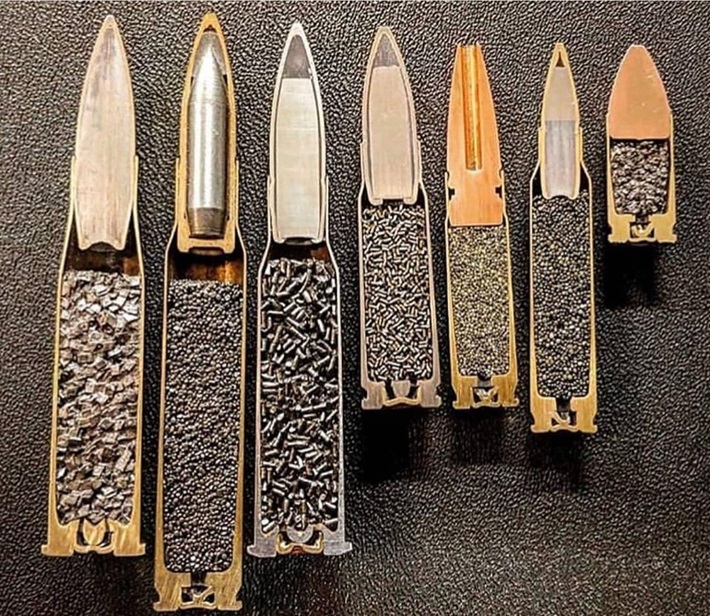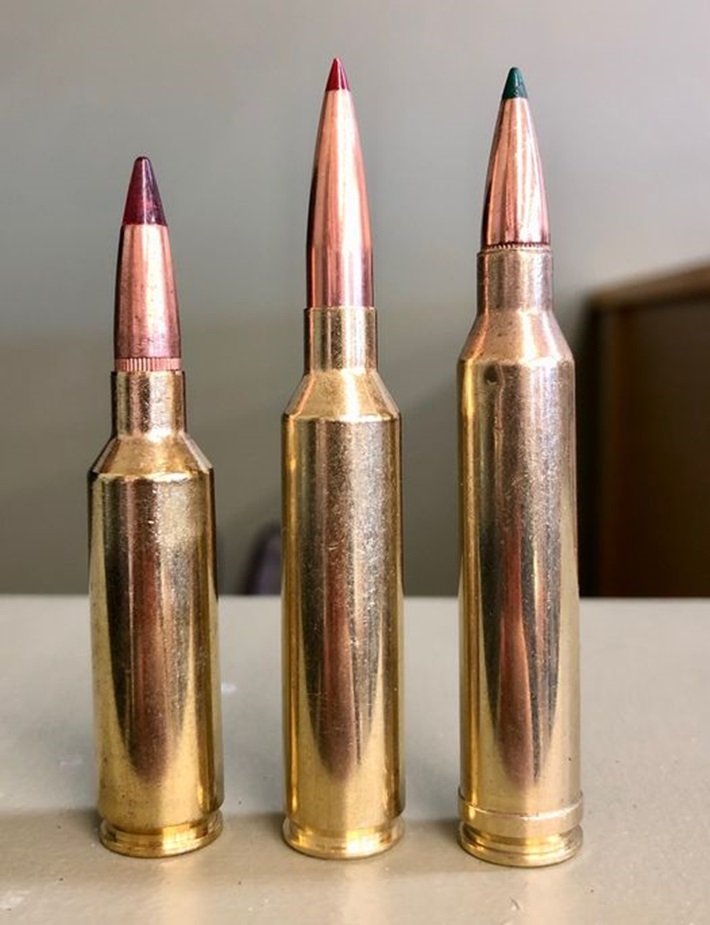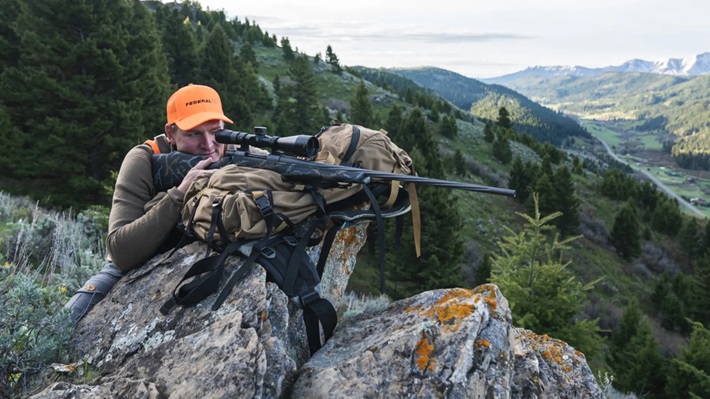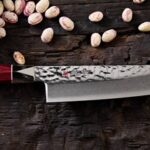If you have ever been on a hunting trip, then you know how extensive the equipment list can be. But one critical element to have in your hunting arsenal, apart from excellent skills and patience, is the right ammo. It can mean the difference between a successful hunt and a missed opportunity. From shotgun shells to rifle cartridges, how do you choose the right type to ensure you are well-prepared for your next hunt?
Understanding the Basics

Before diving into specific ammunition recommendations, it’s essential to understand the basics. Every cartridge or shell consists of four main components: primer, powder, case, and bullet. Shotgun shells and rifle cartridges serve different purposes and have unique characteristics. Shotgun shells are generally used for hunting birds, waterfowl, and small game. They come in various gauges, with 12-gauge and 20-gauge being the most common. Rifle cartridges, on the other hand, are typically used for larger game such as deer, elk, and bear. They come in different calibres, each suitable for specific hunting scenarios.
What Factors to Consider in Choosing Hunting Ammunition?

Making the right choice is crucial for both ethical and practical reasons. The proper ammunition for hunting ensures a quick, humane kill and can also significantly affect your accuracy and success in the field. When selecting, consider factors such as the type of game you are hunting, your firearm, the distance you expect to shoot, and the environment in which you will be hunting.
Know Your Game
The type of game you plan to hunt greatly influences your choice of ammunition too. Different animals require different calibres and bullet types. Here’s a general guide:
- Small Game (rabbits, squirrels): For small game, lighter calibres like .22 LR or .17 HMR are typically used. These rounds offer sufficient power to take down small animals without excessive damage to the meat.
- Medium Game (deer, antelope): For medium-sized game, common choices include .243 Winchester, .270 Winchester, and .308 Winchester. These calibres provide the right balance of power, range, and accuracy.
- Large Game (elk, moose, bear): For larger game, you’ll need more powerful ammunition such as .30-06 Springfield, .300 Winchester Magnum, or .338 Lapua Magnum. These rounds ensure deep penetration and sufficient energy to take down big animals effectively.
Bullet Types
Different bullet designs are suited for different hunting situations. Some common bullet types include:
- Full Metal Jacket (FMJ): FMJ bullets are not typically used for hunting as they are designed for minimal expansion and maximum penetration. They are more suited for target shooting.
- Soft Point (SP): Soft point bullets have an exposed lead tip that expands upon impact, making them ideal for hunting as they provide controlled expansion and deeper penetration.
- Hollow Point (HP): Hollow point bullets are designed to expand rapidly upon impact, causing significant damage to vital organs. They are ideal for varmints and small game but can also be used for medium game with appropriate calibres.
- Polymer Tip: These bullets have a plastic tip that enhances aerodynamic performance and initiates expansion upon impact. They are versatile and can be used for a variety of game, providing a good balance of accuracy and terminal performance.
- Bonded Bullets: Bonded bullets are designed to retain weight and penetrate deeply. The core is bonded to the jacket, making them ideal for larger game where deep penetration is necessary.
Ballistic Performance
The ballistic performance is another crucial element. Higher velocity rounds tend to have flatter trajectories, making long-range shooting easier. Knowing the trajectory of your round helps in adjusting your aim for long-distance shots. To ensure a humane kill, consider the kinetic energy – higher energy means better penetration and expansion.
Consider the Hunting Environment

The environment where you will be hunting also affects your hunting ammo choice. In open environments, you might need to take longer shots. High-velocity cartridges are suitable for their flatter trajectories and longer effective ranges. For dense woods with thicker cover, shorter-range shots are more common. Heavier, slower bullets can be effective, offering good stopping power at close ranges. If you are mountain hunting, consider lighter, high-velocity rounds that maintain accuracy over longer distances and variable terrains.
Safety and Legal Considerations
Proper storage and handling of ammunition are vital for safety. Store it in a cool, dry place, away from direct sunlight and extreme temperatures. Always handle with care to avoid accidental discharge. Before setting off on your trip, check local and seasonal hunting regulations regarding the type and calibre allowed.
Some areas have specific restrictions on the use of certain types of ammunition to ensure ethical hunting practices and safety. Hunting regulations in Canada vary by province and territory, and it is crucial to be aware of the rules that apply to your specific location. Hunters must have a valid hunting license and any required permits.
The type of license and permits needed depends on the game being hunted and the province or territory. Also, be aware of bag limits. There are limits on the number of animals that can be harvested in a season. These limits help manage wildlife populations and ensure sustainability.
Takeaway
Choosing the best hunting ammunition is a fundamental aspect of preparing for a successful hunt. Remember to test your ammo before the hunt to ensure familiarity with its performance and reliability. Stay informed about new technologies and adhere to safety and legal guidelines. With the right arsenal, you’ll be well-equipped to take down your target with precision and efficiency.



